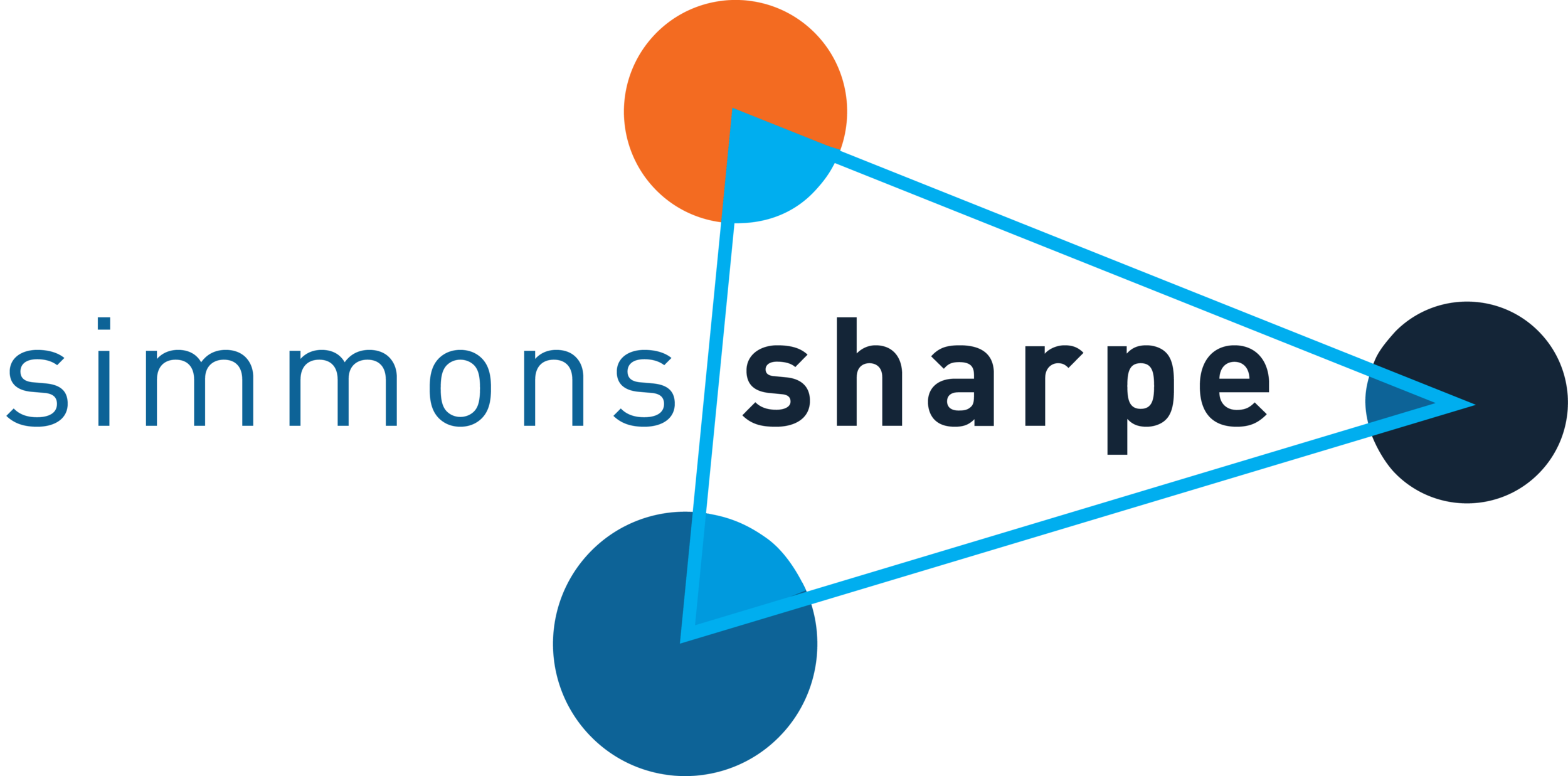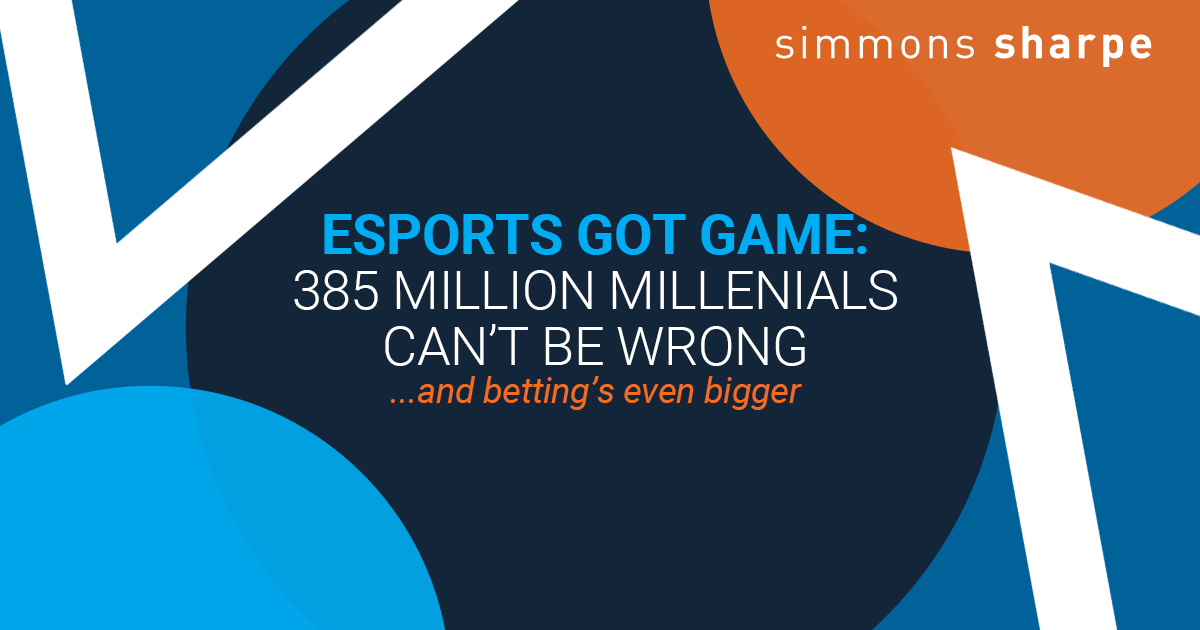Esports Got (Monetization) Game
When I think of esports, I think of a bunch of early twenties males, sitting around staring at a computer screen for 8 hours, chugging energy drinks and trying to shatter someone else's "nexus." And I'm not wrong.
However, as I learned at Collision 2018 in New Orleans, esports is also big business. And, unlike other industries that were built on the power of an engaged community, the esports industry knows how to monetize, and has been doing so since the beginning.
Marketers are in hot pursuit of the esports' millennial audience, even though not all brands understand what esports actually are (as Kevin Lin, former COO of streaming service Twitch, explains in the vid below). The average gamer fan is 26, male, and watches 2.5 hours of esports every day. The esports audience is estimated at over 385 million people globally, and is growing in popularity among women and Generation Z, the generation after Millennials. And they are active, engaged users. According to Twitch, every month over 100 million people will log in to watch an estimated 23 billion minutes of professional and amateur esports players streaming video game play.
“What you’re really selling is a highly engaged, super-young audience.”
Market researcher Newzoo reports that esports drew in $906 million in revenues last year, excluding betting. And betting on esports is already big business. The total cash amount (as opposed to skins, or virtual items) wagered globally on esports is predicted to exceed $10 billion by 2020. Certain gambling operators, such as Betway, already feature esports gambling as a prominent part of their book.
According to Lin, esports is "off to a good start" on monetization, but has a ways to go. The average revenue per monthly unique active viewer is $2-4 for esports, vs. $40-$68 for leagues like the NBA and NFL.
Like all new marketing vehicles since at least the invention of the static online banner ad, measurability of esports marketing is a challenge, for now. Which makes it harder to invest in, and therefore more rewarding for those marketers willing to place bets early. Venturebeat reports that just $280 million was spent on esports marketing last year, out of a total of over $100 billion spent on digital advertising.
Despite the measurability challenges, savvy advertisers will experiment early, as the esports audience goes more mainstream. Juniper Research predicts that almost 90% of esports viewers will also watch ad-supported casual games. And you know when the big players like Dell start signing on as presenting sponsors for tournaments like the 2018 Gfinity Australia Elite Series, it's going mainstream. Dell has always targeted the high end of consumer computing (i.e., gaming) first, since its inception. Sponsoring a team ain't cheap, though. Steve Arhancet of Team Liquid says it will set a brand back $3 million+ to sponsor an esports team:
Yes, esports has definitely come out of Mom's basement. Arhancet describes how esports athletes train, and one of the most spectacular plays he's seen in the sport:
I've never seen a quadra kill on a zheer, but I don't have to. The data's clear. Smart marketers targeting the coveted 18-34 (and younger!) demographic will be experimenting with esports marketing now. And gaming and entertainment companies will be figuring out how to offer esports betting along with other mainstream sports.


